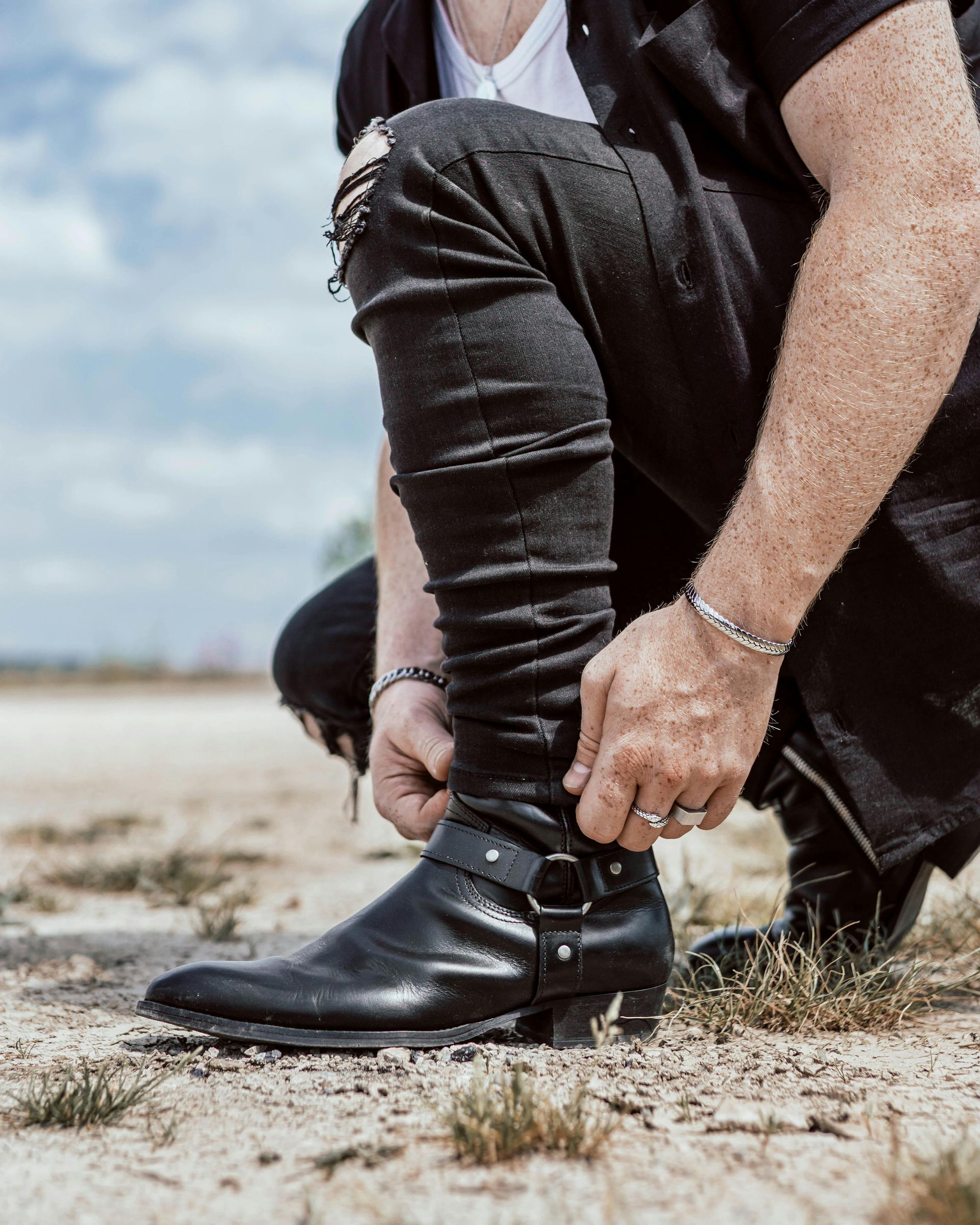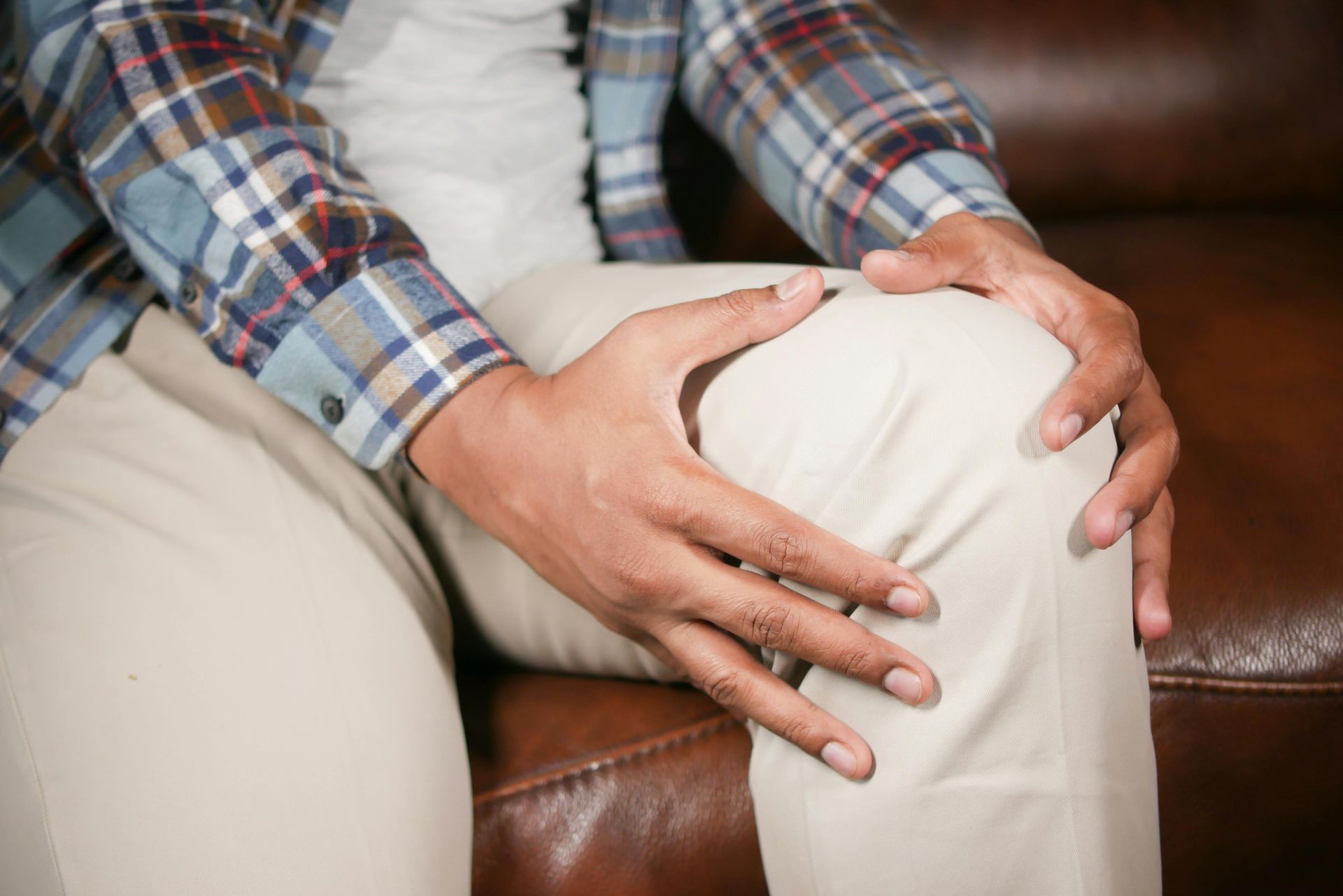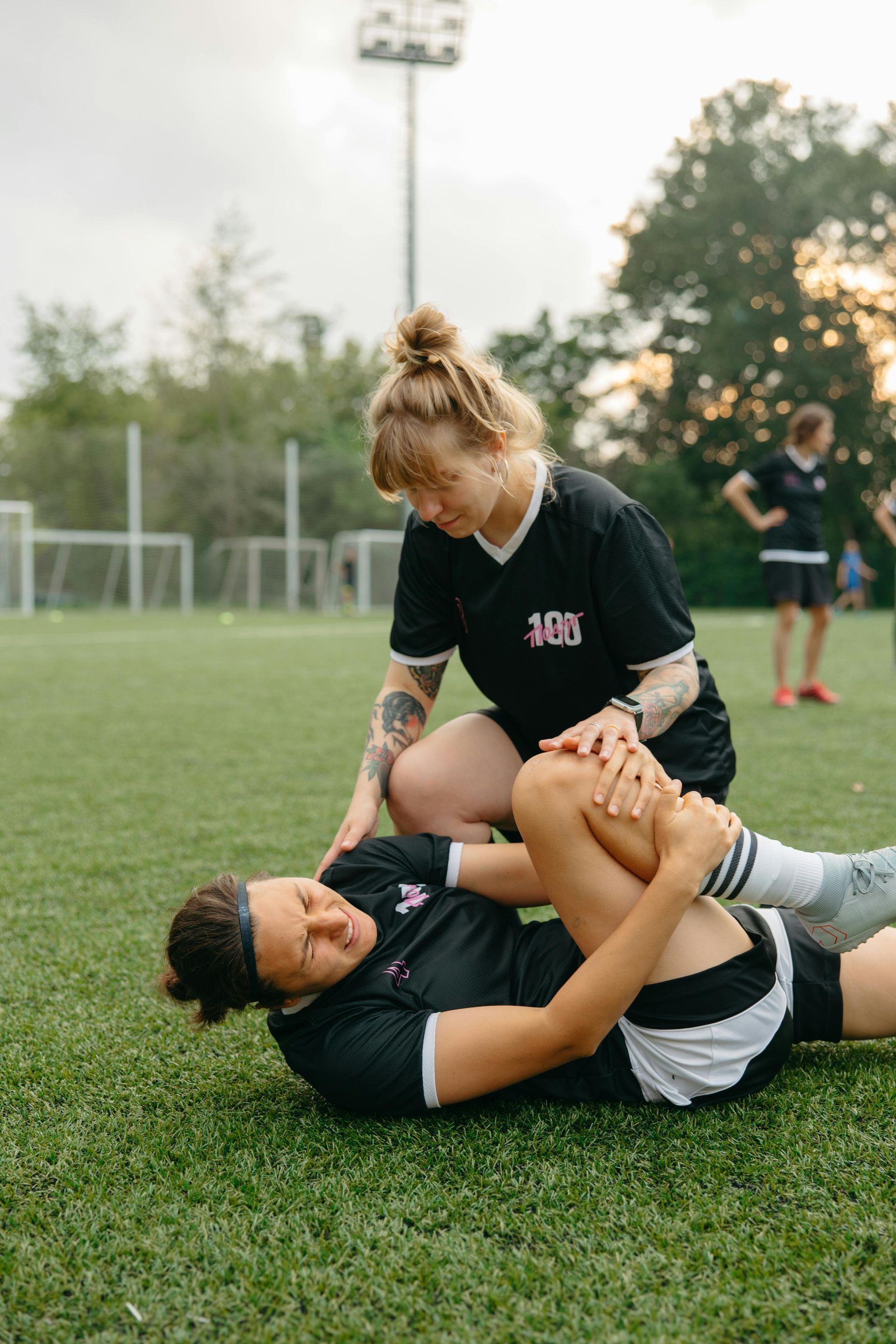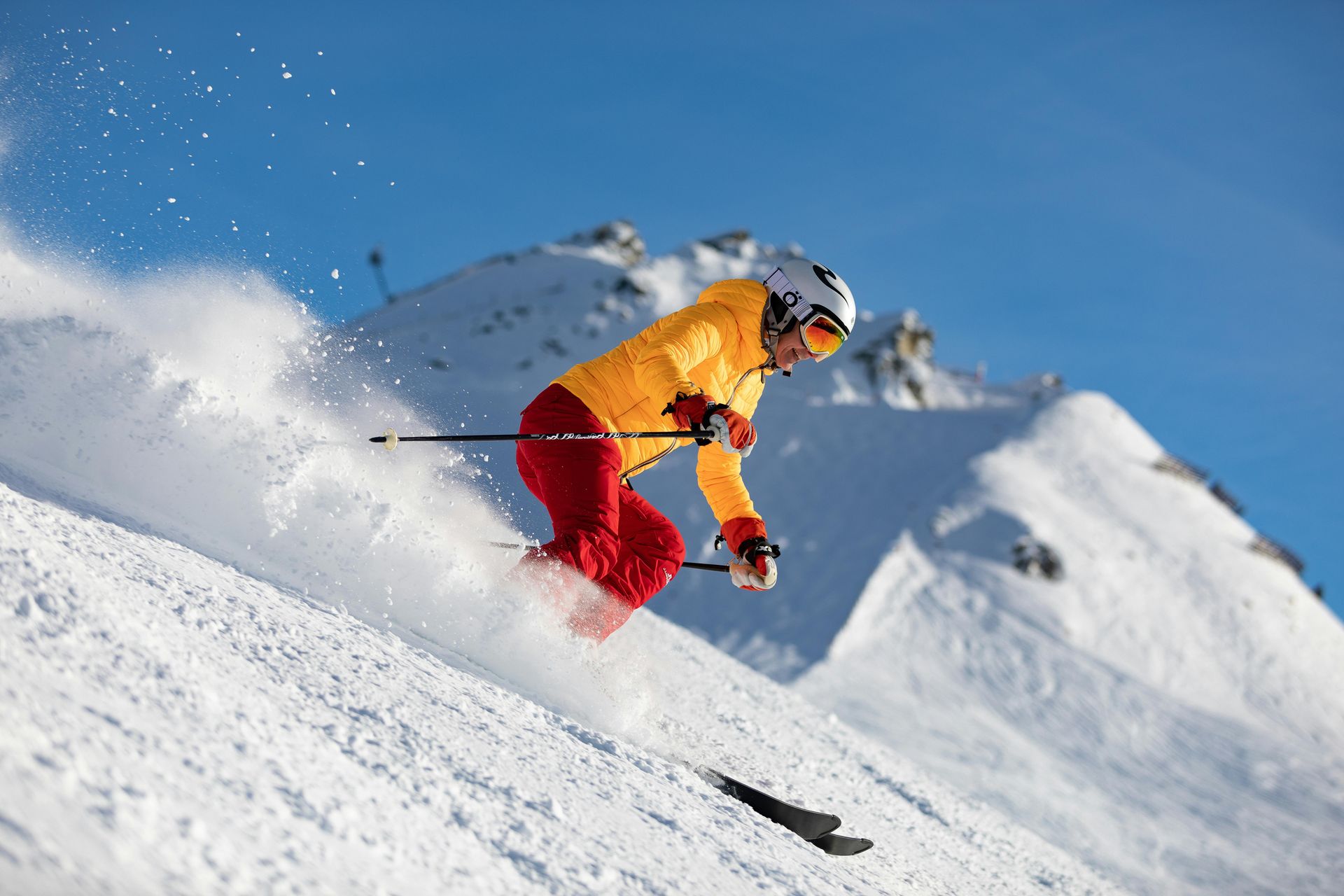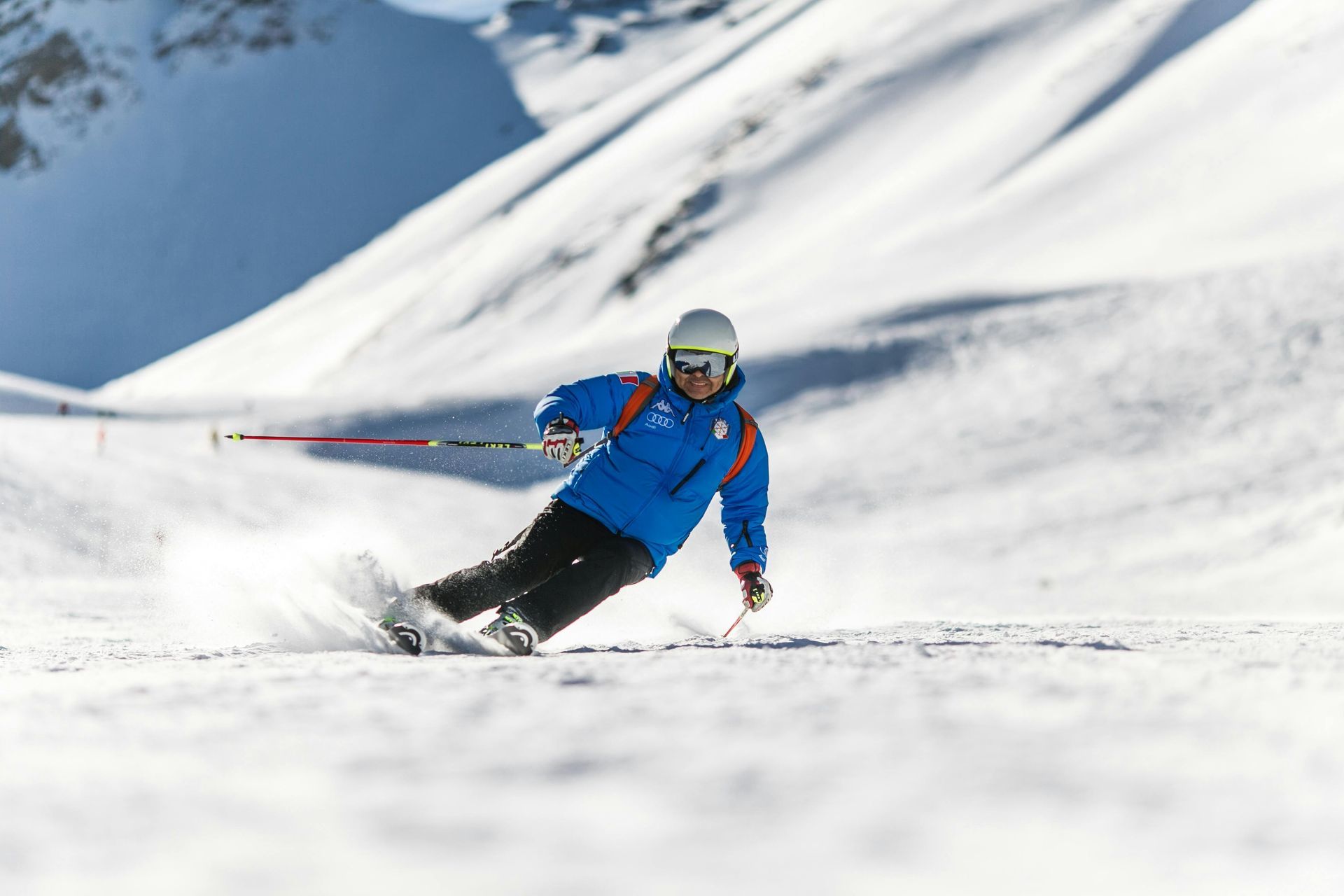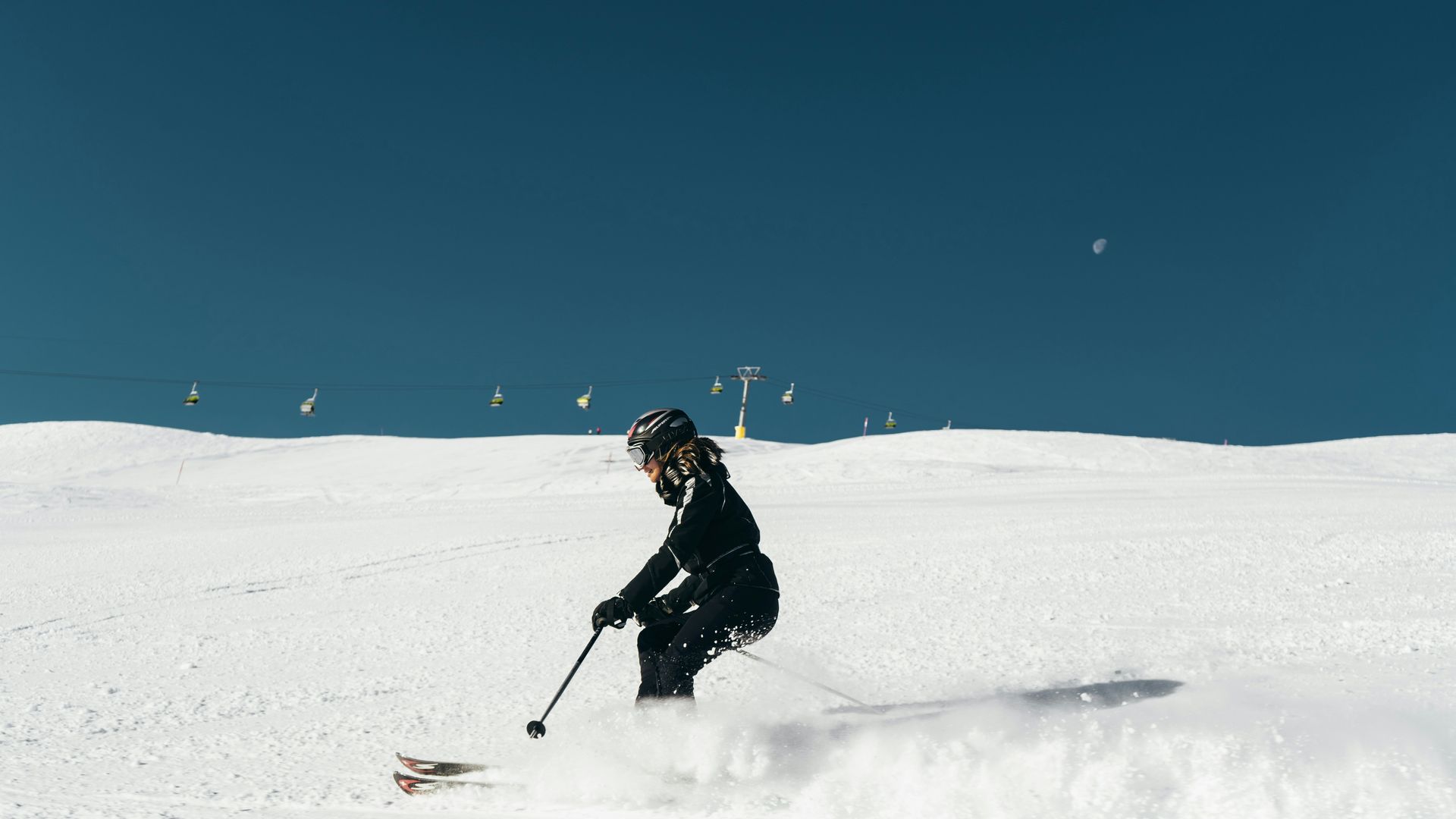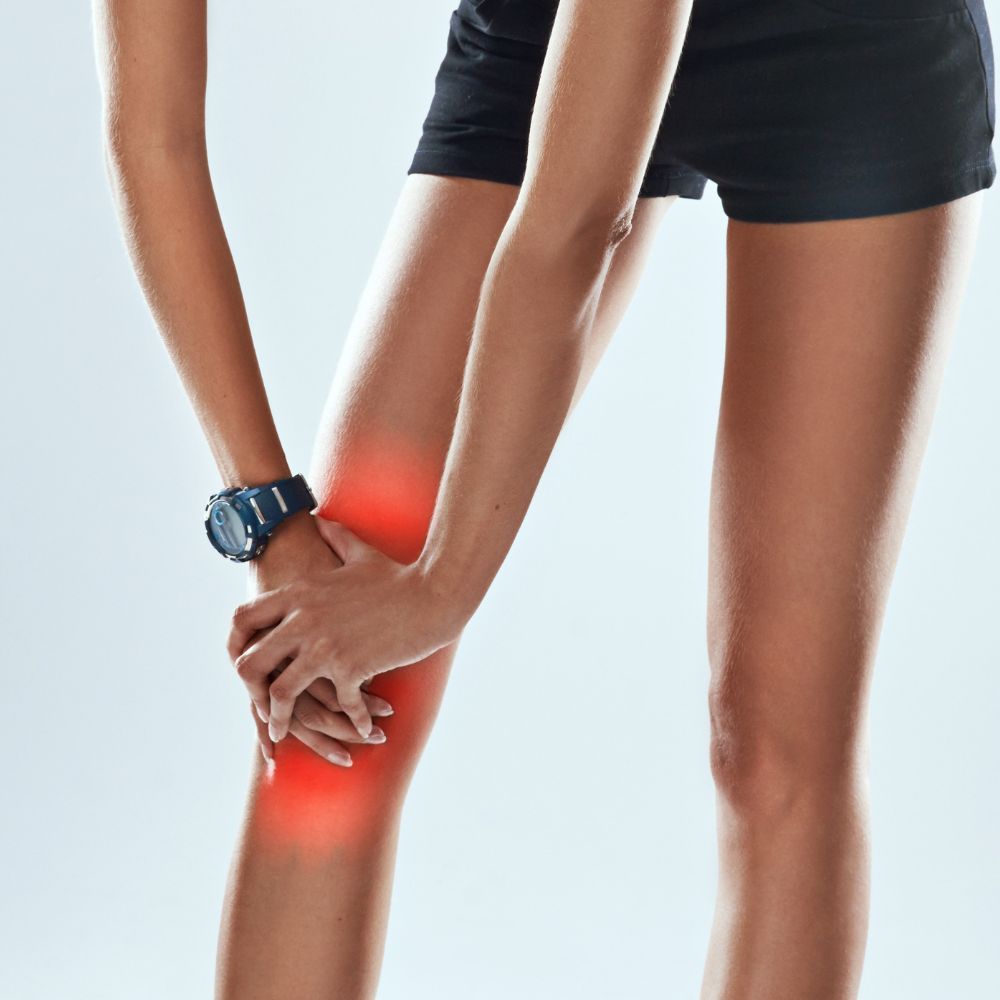Cycling With Care : Protecting Your Knees After A Ride
When thinking of physical activities prone to knee injuries, high-impact sports like MMA and football often come to mind. Yet, cycling, despite being a low-impact sport, can also pose significant risks to the knees if not approached with care. The repetitive motion of pedalling, combined with improper technique or inadequate equipment, can lead to overuse injuries that affect the knee joint. Therefore, cyclists should also prioritise knee health to ensure long-term enjoyment of the sport.
Understanding Cycling-Related Knee Injuries
Cycling is generally considered a joint-friendly activity, making it popular among individuals with knee issues. However, the repetitive nature of pedalling can lead to specific injuries if the body is not properly conditioned or if the bike is not correctly fitted.
The most common knee injuries associated with cycling include:
- Patellofemoral Pain Syndrome (PFPS): Also known as "cyclist's knee," PFPS is characterised by pain around the kneecap. It is often caused by overuse, poor bike fit, or muscle imbalances.
- Iliotibial Band Syndrome (ITBS): The iliotibial band, a thick band of tissue running along the outside of the thigh from the hip to the shin, can become tight and inflamed, causing pain on the outside of the knee.
- Tendinitis: Overuse of the knee joint can lead to inflammation of the tendons, particularly the patellar tendon, causing pain and discomfort.
- Meniscus Tears: Although less common in cycling than in high-impact sports, meniscus tears can occur due to sudden twisting or overloading of the knee joint during intense cycling sessions.
Causes of Knee Injuries in Cycling
- Improper Bike Fit: A poorly fitted bike can place undue stress on the knees. For example, if the saddle is too high or too low, it can alter the angle of the knee during pedalling, leading to strain and injury.
- Overtraining: Increasing mileage or intensity too quickly without allowing the body to adapt can result in overuse injuries.
- Muscle Imbalances: Weakness in certain muscle groups, such as the quadriceps or hamstrings, can lead to improper biomechanics and increased stress on the knees.
- Poor Pedalling Technique: Incorrect pedalling technique, such as applying too much force or not maintaining a smooth pedal stroke, can exacerbate knee strain.
Strategies to Protect Your Knees While Cycling
1. Ensure Proper Bike Fit
One of the most crucial steps in preventing knee injuries is ensuring that your bike is properly fitted to your body. This includes:
- Saddle Height: The saddle should be positioned at a height where your knee has a slight bend at the bottom of the pedal stroke. A saddle that is too high or too low can cause excessive strain on the knees.
- Cleat Position: If you use clipless pedals, ensure that the cleats are positioned correctly to avoid misalignment of the knee during pedalling.
- Handlebar Position: The handlebars should allow you to maintain a comfortable posture without straining your back or knees.
Consider visiting a professional bike fitter to get a comprehensive assessment of your bike setup.
2. Strengthen Supporting Muscles
Strong muscles around the knee can provide better support and stability, reducing the risk of injury. Focus on exercises that target:
- Quadriceps: Strengthening the quads can help protect the knee joint by absorbing shock during pedalling. Exercises such as squats, lunges, and leg presses are effective.
- Hamstrings: The hamstrings work in conjunction with the quads to stabilise the knee. Incorporate exercises like deadlifts and hamstring curls to build strength.
- Hip Muscles: Strong hip muscles contribute to proper knee alignment during cycling. Include exercises such as hip bridges and clamshells in your routine.
3. Gradually Increase Training Intensity
To prevent overuse injuries, avoid sudden increases in cycling intensity or duration. Gradually build up your mileage and incorporate rest days into your training schedule to allow your body to recover.
4. Focus on Pedalling Technique
Proper pedalling technique is essential for minimising knee strain. Aim for a smooth, circular pedal stroke rather than pushing down too hard on the pedals. Additionally, consider using a higher cadence (pedal revolutions per minute) to reduce the load on your knees.
5. Stretch Regularly
Maintaining flexibility in the muscles around the knee can prevent tightness and reduce injury risk. Regularly stretch your quads, hamstrings, and hip flexors, paying special attention to any areas that feel tight after a ride.
6. Use Proper Gear
Invest in cycling shoes that fit well and provide adequate support. Proper footwear can enhance pedalling efficiency and reduce unnecessary strain on your knees. It also helps to reduce the chance of slipping on the pedals, which can help to reduce accidents.
Knee health is paramount for cyclists, just as it is for athletes in more high-impact sports. By taking proactive steps, cyclists can significantly reduce the risk of knee injuries. Regular stretching and gradual progression in training intensity further contribute to maintaining knee health.
Cycling is a lifelong sport that offers numerous health benefits, but protecting your knees is essential to enjoying those benefits for years to come. Prioritise knee care on every ride to keep cycling both safe and enjoyable.





